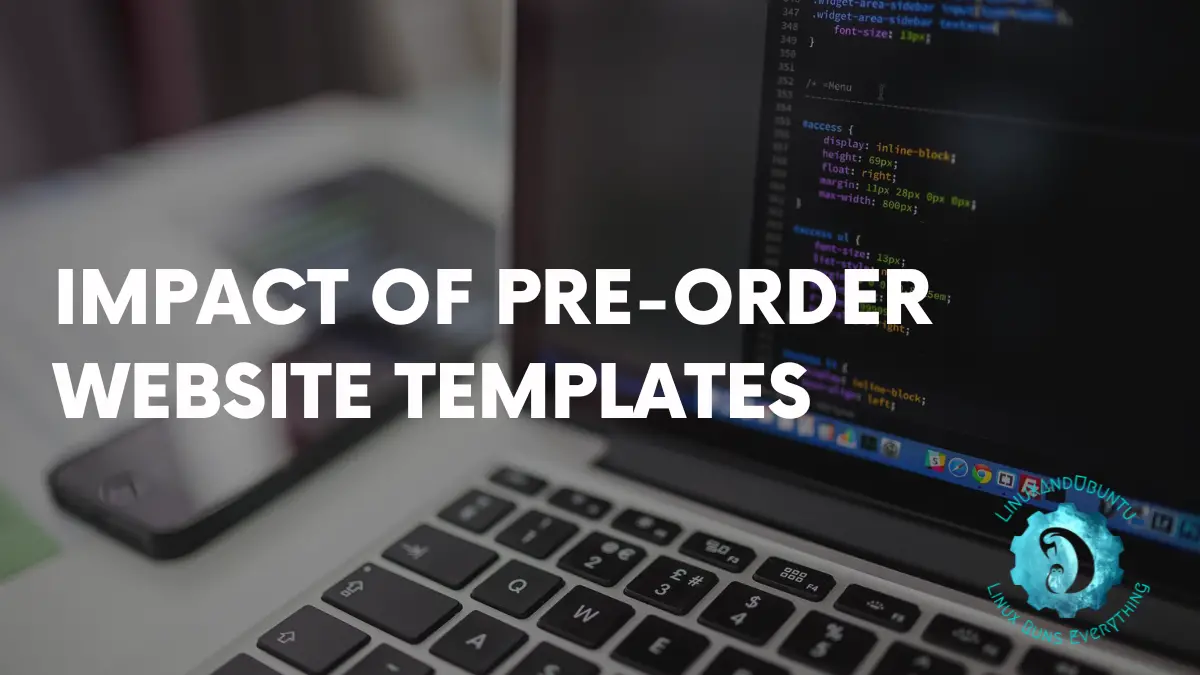The Ultimate Guide to Usability Testing for E-Commerce Websites
Table of Contents
Your website, like everything else in marketing, needs testing. By conducting usability tests, you can determine if your website’s or app’s user interface is intuitive and easy to use.
Usability Testing: What Is It?
In E-commerce app testing the usability of your website is one way to determine if it is simple to navigate. This method, often known as “user testing,” includes watching actual users of a website or app to observe how they interact with it.
A UX researcher will test a company’s new website, app, or digital product to find any usability concerns. From there, they can accept user comments and suggestions and make any last adjustments before releasing the product.
The Value of Usability Testing
Developers and designers are often too close to a project to assess usability problems accurately. For this reason, performing software testing in retail with real people before releasing the app or website is a good idea.
For this reason, doing usability tests with real people before releasing the app or website is a good idea.
This testing has various advantages that can help any large project save time and money.
Validate Ideas
You can introduce usability testing at any point in the development procedure. Users can help you determine (a) if your idea makes sense and is something they are interested in and (b) if they understand the idea. Early-stage feedback is crucial to make well-informed design decisions and altering course before investing too much time and money.
Usability Problem Analysis
It’s essential to test your app with real users to ensure they can understand how it’s supposed to work, especially if it has complex flows that customers must follow or if you want to ensure its overall navigation.
Furthermore, watching your users struggle to accomplish a task on your app can provide much more insightful feedback than just a description of a website mistake.
Incorporating testing into the design process allows you to quickly find usability problems discovered by a real person, allowing you to make the necessary adjustments to provide a high-quality final product.
Learn the Behaviour of Your Target Demographic
You can learn much about your consumers’ habits and preferences by observing how they interact with your website or app. Even if they don’t uncover any huge problems, the way users typically interact with the site will give you valuable information for making changes for the better.
Plus, knowing their habits is an excellent way to ensure your digital product provides a positive experience for customers, even if there aren’t any problems.
Improve the User Experience
The input of beta users is crucial in making data-driven design decisions that will yield the best possible user experience in the final release.
One’s likelihood of becoming a dedicated, repeat customer is directly proportional to the quality of their encounter.
Usability Testing Types
It is crucial to determine the purpose of your usability testing before beginning your projects. You can pick from several types.
Testing for Usability, Both in Person and Online
Participants and moderators/researchers must be in the same room for an in-person usability test. As the subject takes the test, the moderator will most likely sit next to them and keep a close eye on them, directing them through each step.
There are two options for doing tests remotely: with a moderator present or without.
A remote usability test moderator can watch the participant’s screens and speak with them as they work through the test through phone or video call.
Using a web-based user testing tool, participants in unmoderated usability tests can take the evaluations whenever most convenient. The company provides the participant with a recorded list of activities to complete, and after the test, the participant sends the company an aggregate recording of the test. Since it needs less time and effort from both the tester and the examinee, unmoderated testing is a standard method.
In-person testing is beneficial to gauge the frustration a participant is experiencing while using your website or app. These tests are thorough, but they also take more time and money.
Comparing Quantitative and Qualitative Approaches to Usability Testing
Verbal comments regarding the product’s usability, how users used it, and how easy it was, are the primary emphasis of qualitative testing.
Metrics like time on task and task success rate are at the heart of quantitative testing. Even though this is crucial for establishing baselines of customer satisfaction, hearing about individual problems is more informative.
Guerrilla Usability Testing
If you want to find potential users completely unfamiliar with your app, product, or sector, this could be an excellent way to do so. That way, you can recruit participants randomly by setting up shop in a well-traveled public space.
People who have never taken a test like this before can still participate in a hallway test. These users you selected randomly participate in your usability test and give you their honest opinions without any preparation.
Conclusion
Once you complete usability testing, it is essential that you take the results to your design team. Working on valuable feedback early in the SDLC will ensure your app meets user requirements and generates more revenue.
LinuxAndUbuntu Newsletter
Join the newsletter to receive the latest updates in your inbox.



